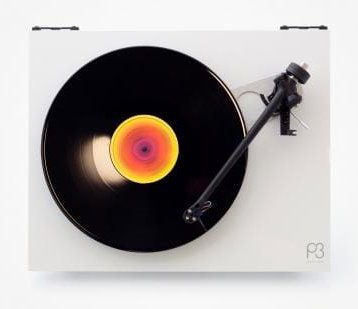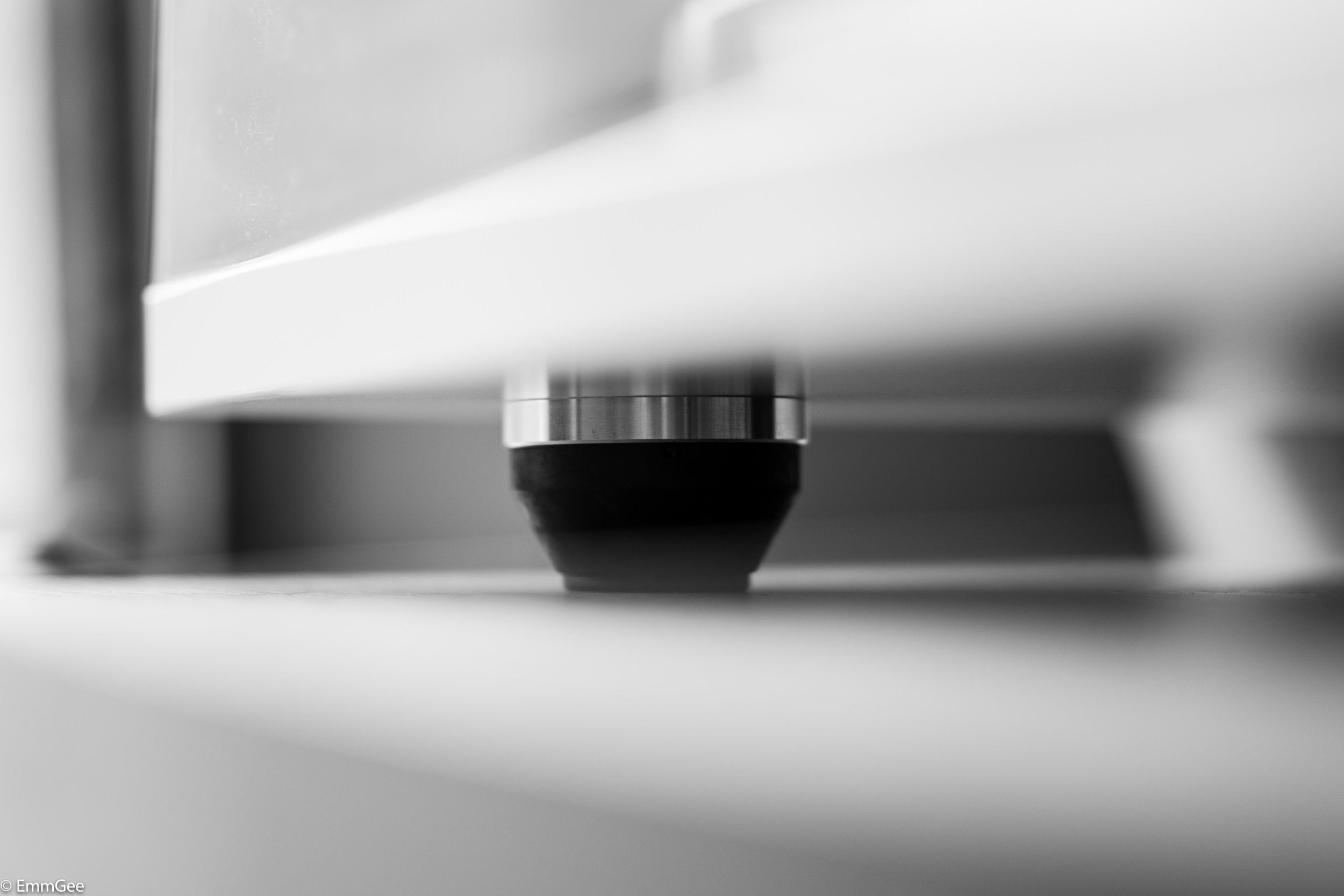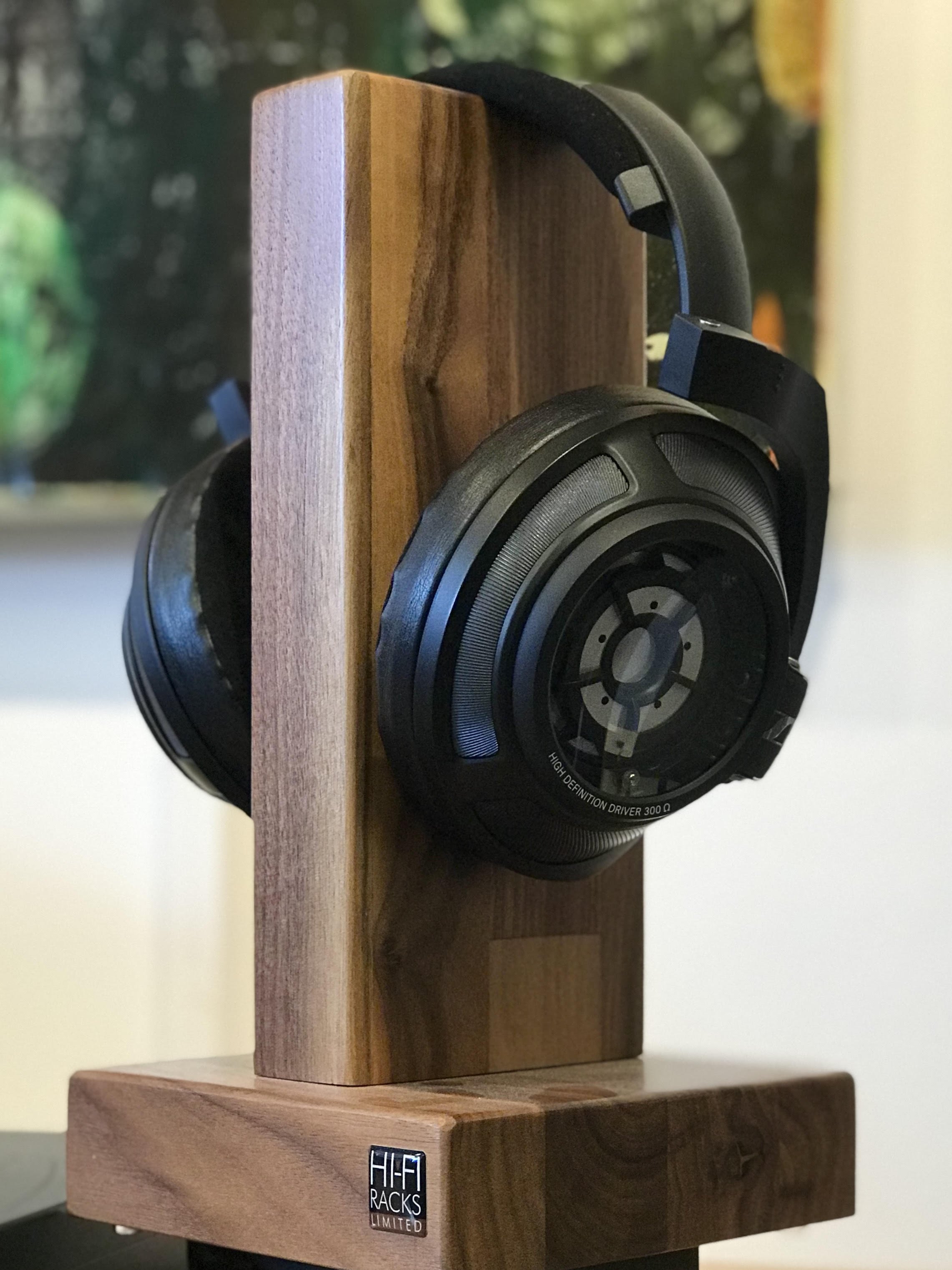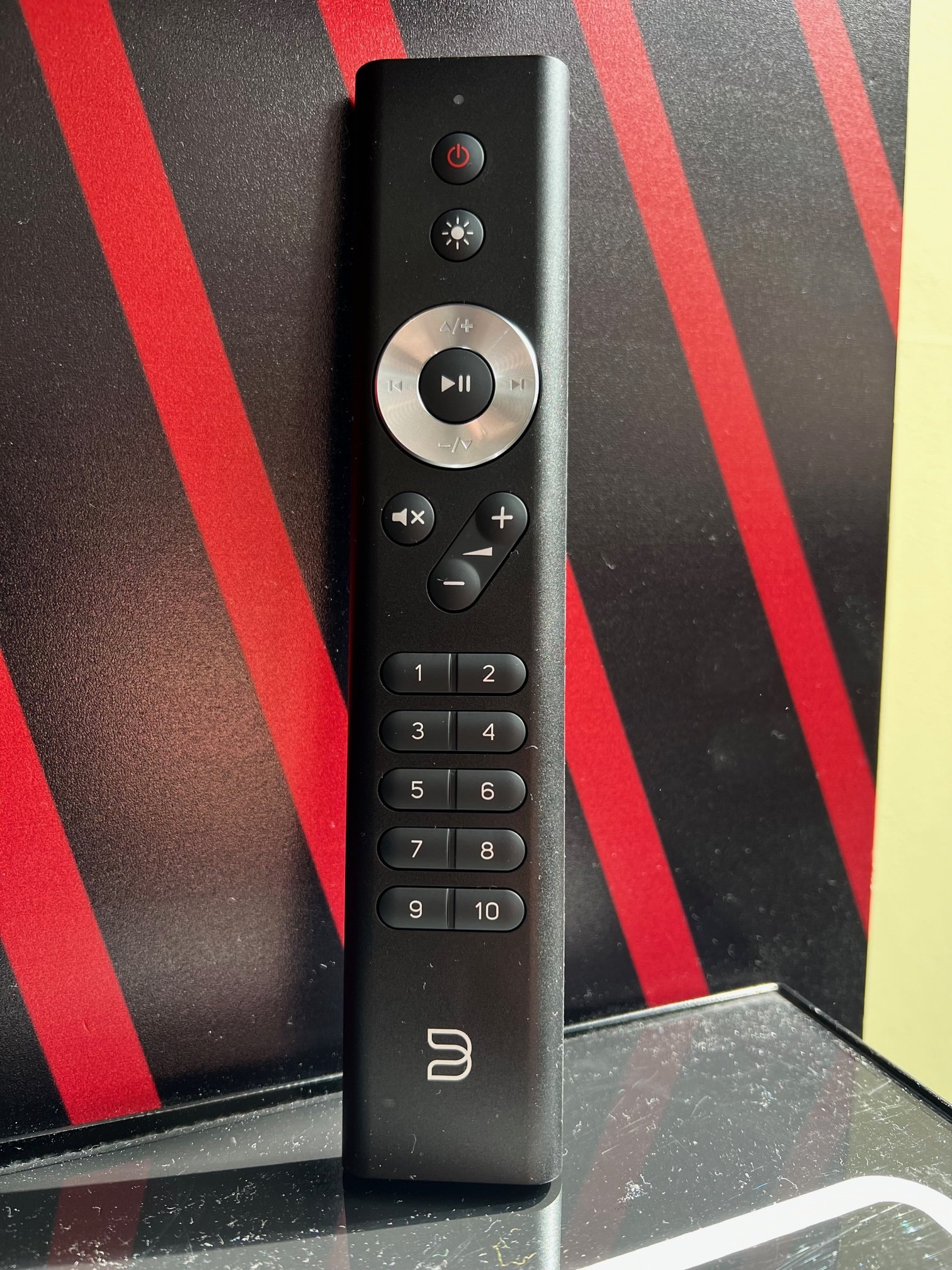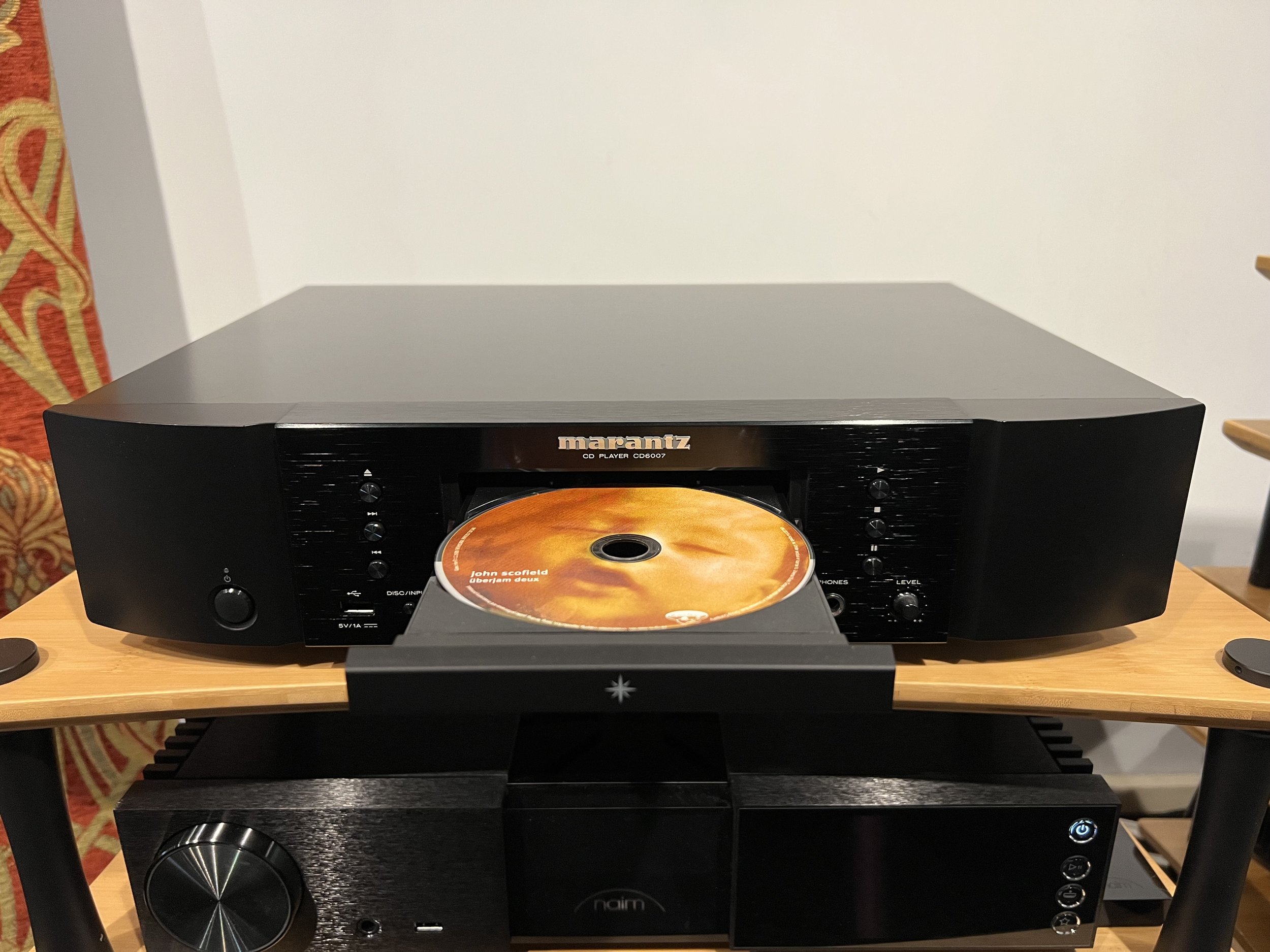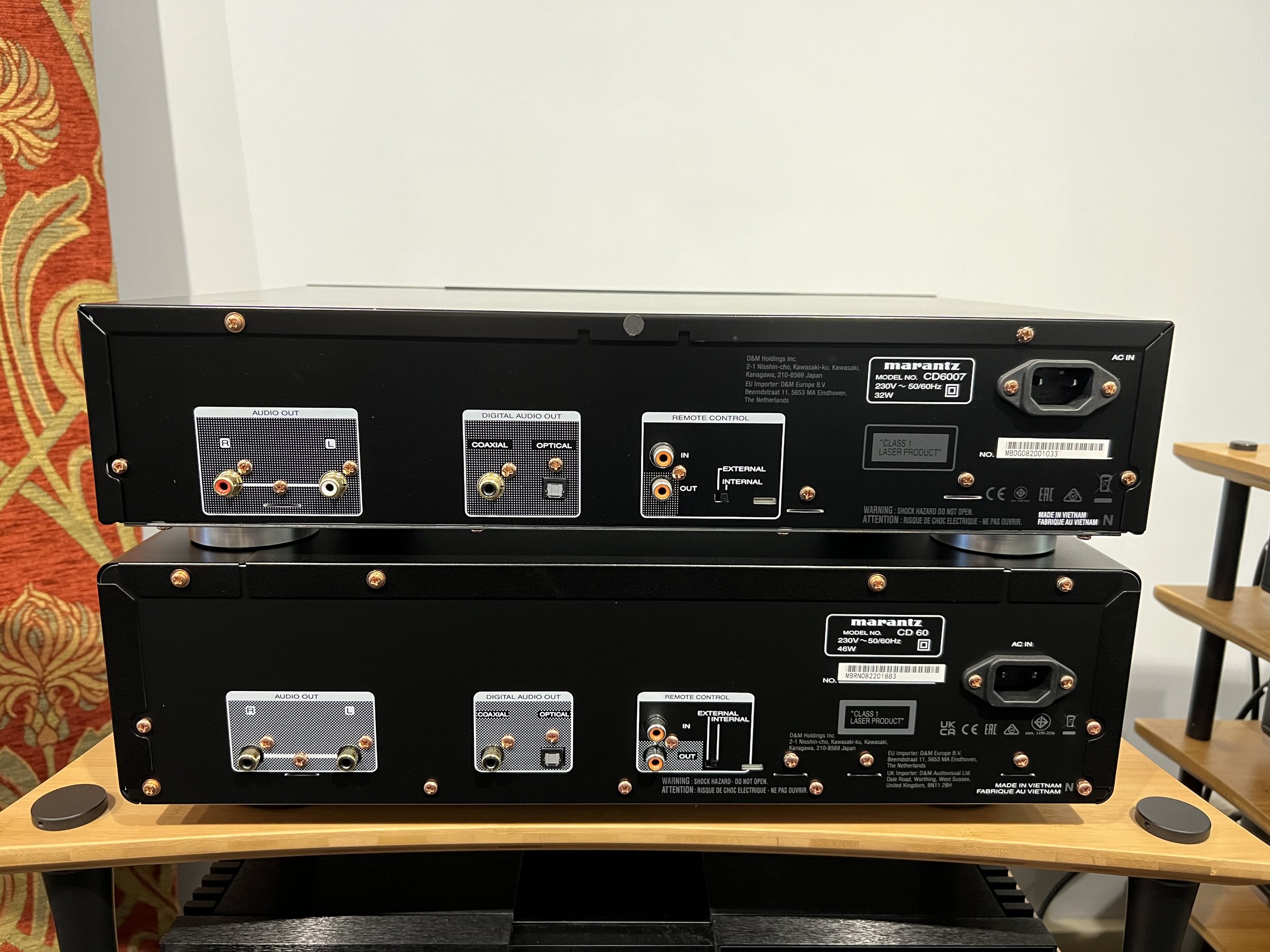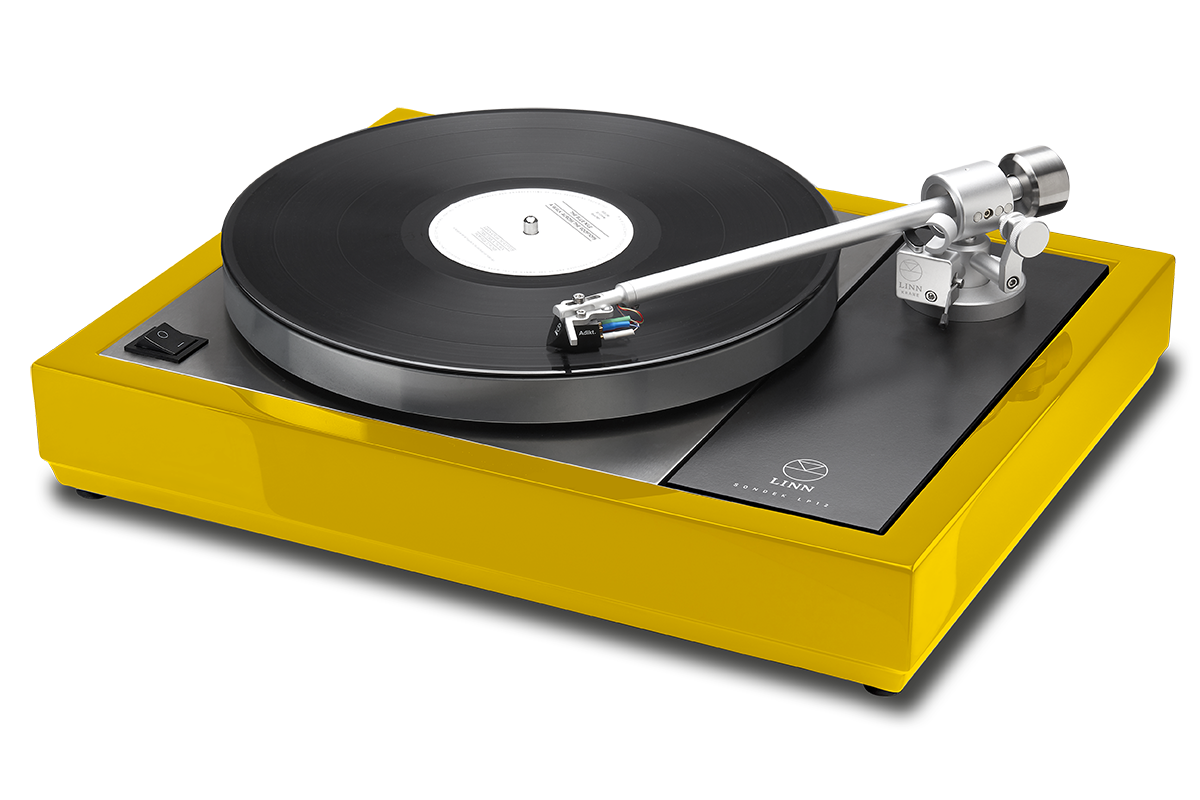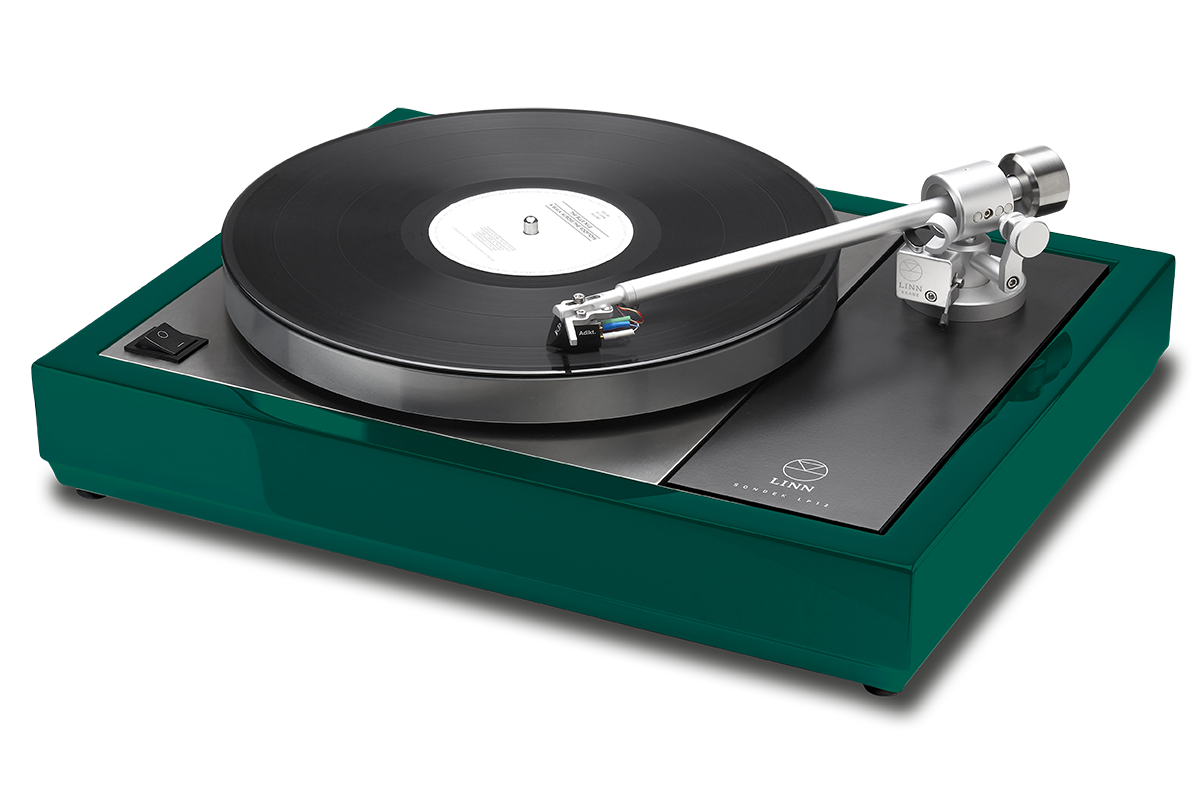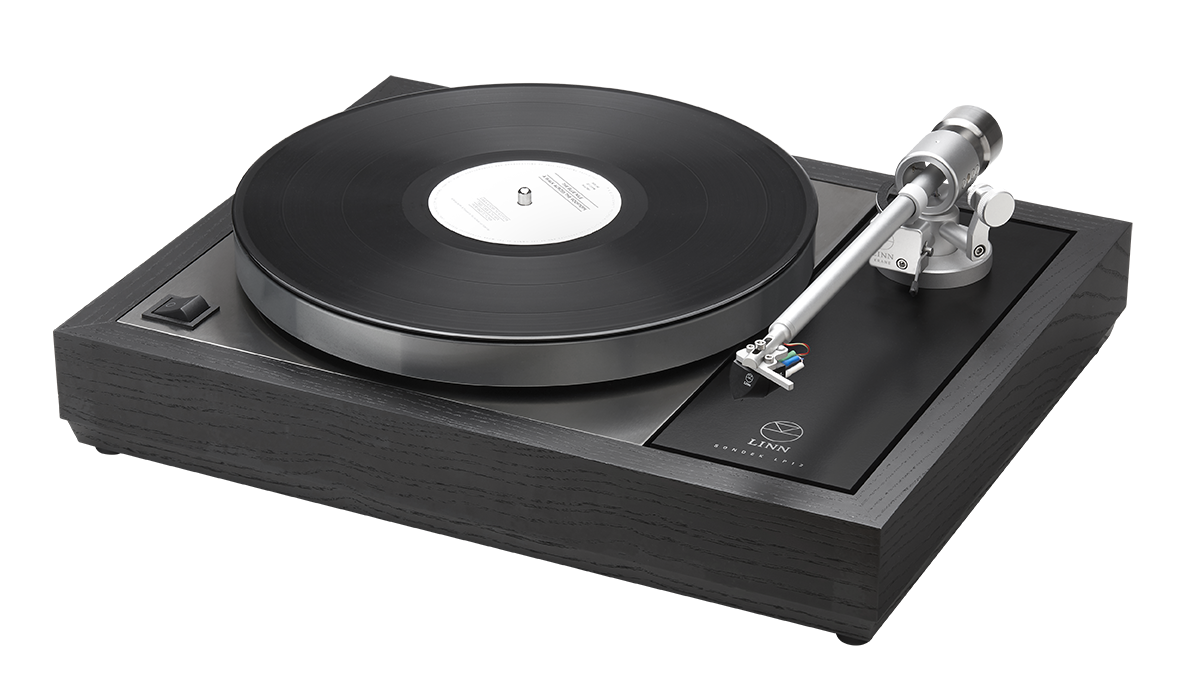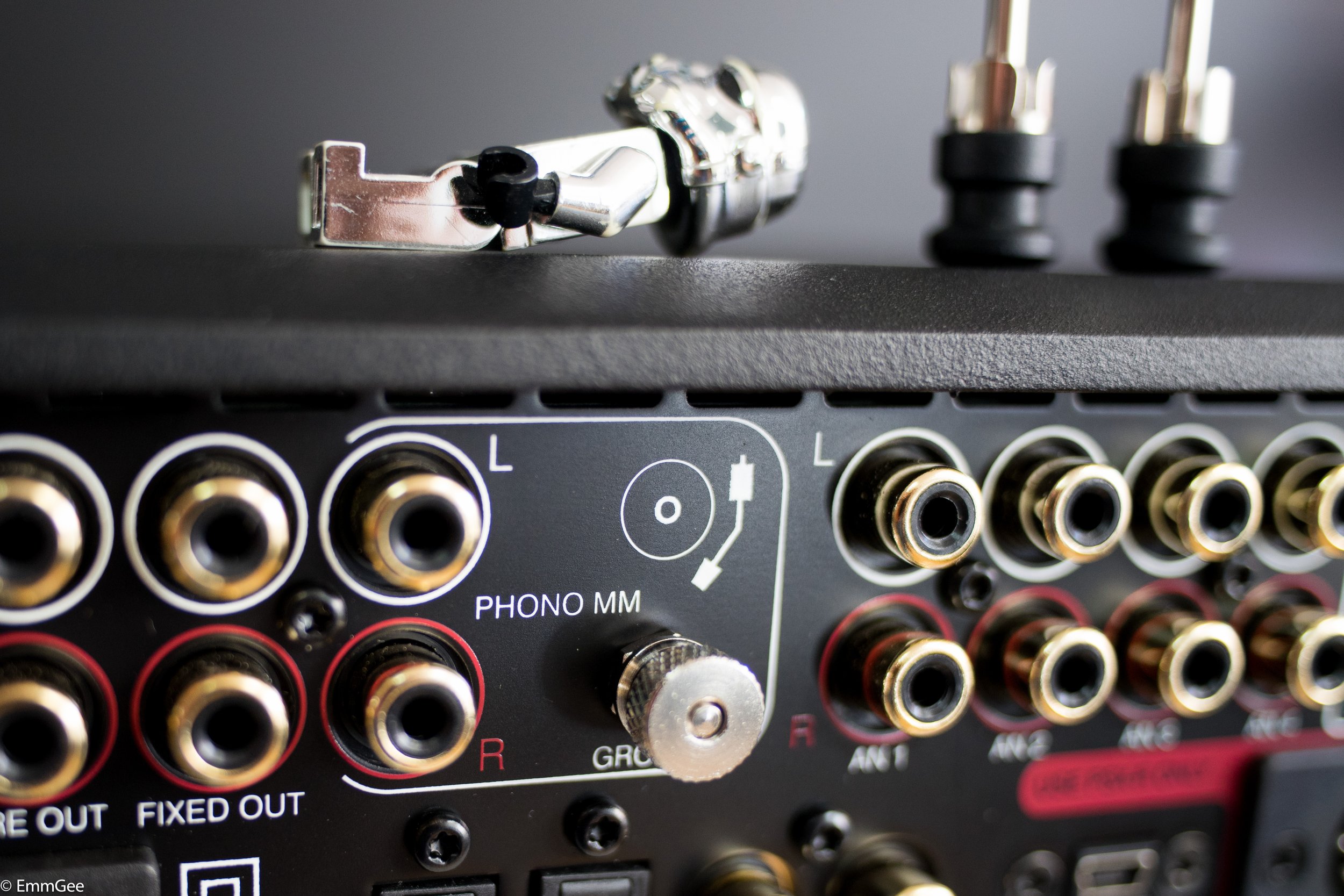The Naim NPX 300 - The Difference Is Not Discrete
/With the new Naim classic range settling in nicely and securing its place within the industry, I thought It’d be the perfect time to take a look at Naim’s optional NPX 300 Power Supply. With the simultaneous release of the NSC 222 and NAP 250 the NPX 300 could easily have been overlooked but its performance demands I take a deeper dive!
What’s in the box?
The NPX 300 consists of eight discrete regulator ‘DR’ modules in a linear power supply configuration, a classic Naim design staple. Although it is no longer labeled as DR the new classic range very much is, lorded as one of the best upgrades you could make to classic Naim kit - We’re glad it’s here to stay. Although the basic idea of the power supply may not have changed from past designs they have brought it into the present with system automation. The power supply will switch on in sync with the NSC 222 and even matches the logo brightness between units automatically.
In terms of setup the NPX 300 is very simple, plug the provided Burndy cables from the NSC 222 into the power supply and disconnect the original IEC power cable and away you go.
The Difference
In terms of sound quality, it’s simply astonishing. As you might imagine, the NSC 222 and the NAP 250 are no slouch but as soon as you wire up the NPX 300 it becomes an entirely different animal. The most noticeable change is a smoothing of the upper registers, a tightening of the bass and an improvement in the instrument spacing. You tend to find this effect in higher quality amplifiers, where the distortion levels drop. It allows and almost encourages you to play at louder volumes, as the normal problems at high levels disappear. It’s only when someone else enters the room to complain about the noise that you realise how loud it really is! It’s honestly a good sign that I’m enjoying a system.
I found during my listening that it improves every genre I could think of. I threw everything at it from Chopin’s Nocturnes to Aphex Twin and Polyphia. Because it improves so many aspects of the sound simultaneously nothing was left out of the improvement. I find the vast majority of our customers are real music lovers who will enjoy almost everything so this is a really important factor.
Test Setup
Naim NPX300
Naim NSC 222 Streamer / Preamp
Naim NAP 250 Power amplifer
Spendor D9.2 Speakers
Naim NAC A5 Speaker cable
Chord shawline XLR Interconnects
Solidsteel S5-4 rack
The Theory
So that we can really appreciate why these changes happen, I’ll go back to the design board. The ‘DR’ modules simply take a voltage from the transformer and ‘regulate’ it to a reliable and steady voltage. What makes it ‘discrete’ is that Naim have taken a standard tiny regulator and blown it out into its base components. This allows them to really control the specifications to their high standards. Typically those ‘tiny regulators’ would cost about 70p but the time and effort that Naim have gone through to redesign and perfect them costs far more. Normally you would try and remove as many unnecessary parts as possible to increase the profit margins. Thats certainly not what Naim do when they install a DR module into a design. They have prioritized the quality of sound!
Casting a glance back to an older XPS DR power supply it’s clear that Naim have updated the DR modules from previous designs. They now have individual regulators for both the positive and negative voltage rails where before they were a dual output. It’s a nice and elegant change that lets Naim have a more modular design, while also reducing crosstalk and noise on the power lines. These regulators are also individually fed via their own rectification diodes and filter caps to create a better level of isolation between each module. What this really boils down to is the refinement of a classic design and that it’s still the same Naim sound and character that we love, just more of it!
I was very skeptical when first trying out Naim power supplies. The first time I heard their 555 PS power supply being added to a NDX2 streamer it literally took seconds for me to realise I was completely wrong. However, there is a problem when I take the power supply out of the system. It’s like splitting a mother and child, they are genuinely meant to be together, the fine picture that the three units paint together, becomes less clear as a pair. It’s certainly very hard to go back…
Thanks for reading
Kerrin, Matt and Nick - Audio T Cardiff
If you have any questions about any of the equipment featured in this article, or any other Hi-Fi or home cinema enquiries, be sure to Contact Us.
If you’ve enjoyed this, why not go ahead and read some more of our other blogs, and be sure to follow us on our social media channels below…
Naim can be found at the following Audio T stores
#naim #npx300 #nsc222 #nap250 #audio #music #burndy #discreteregulator #spendor #solidsteel #audio #hifi #naca5














